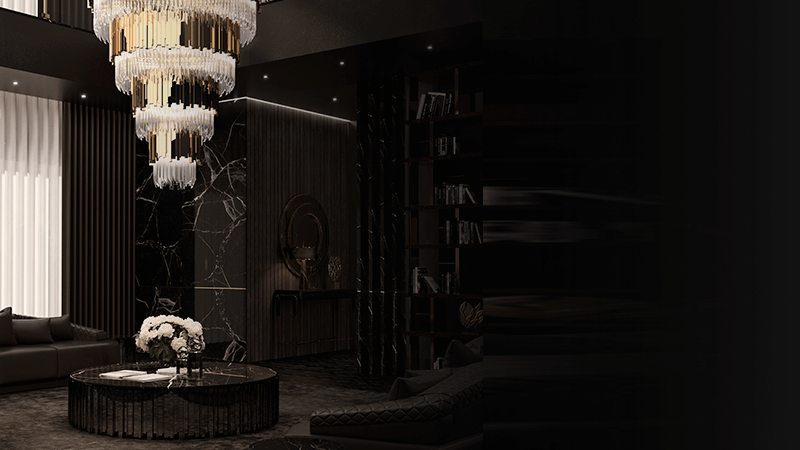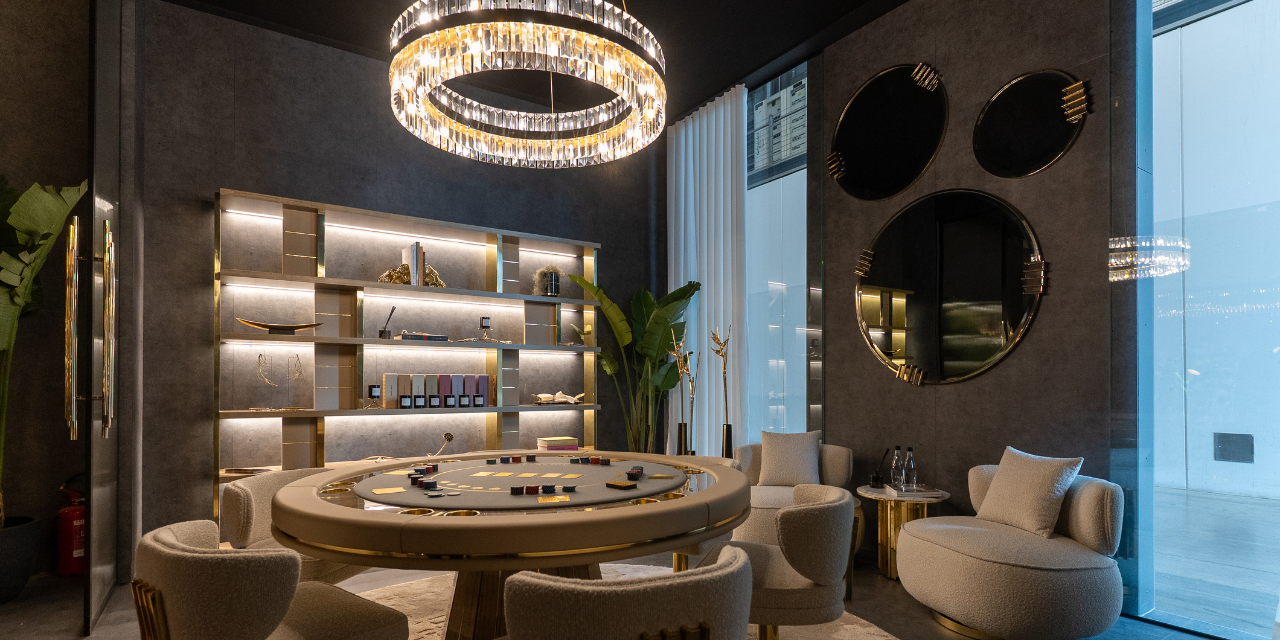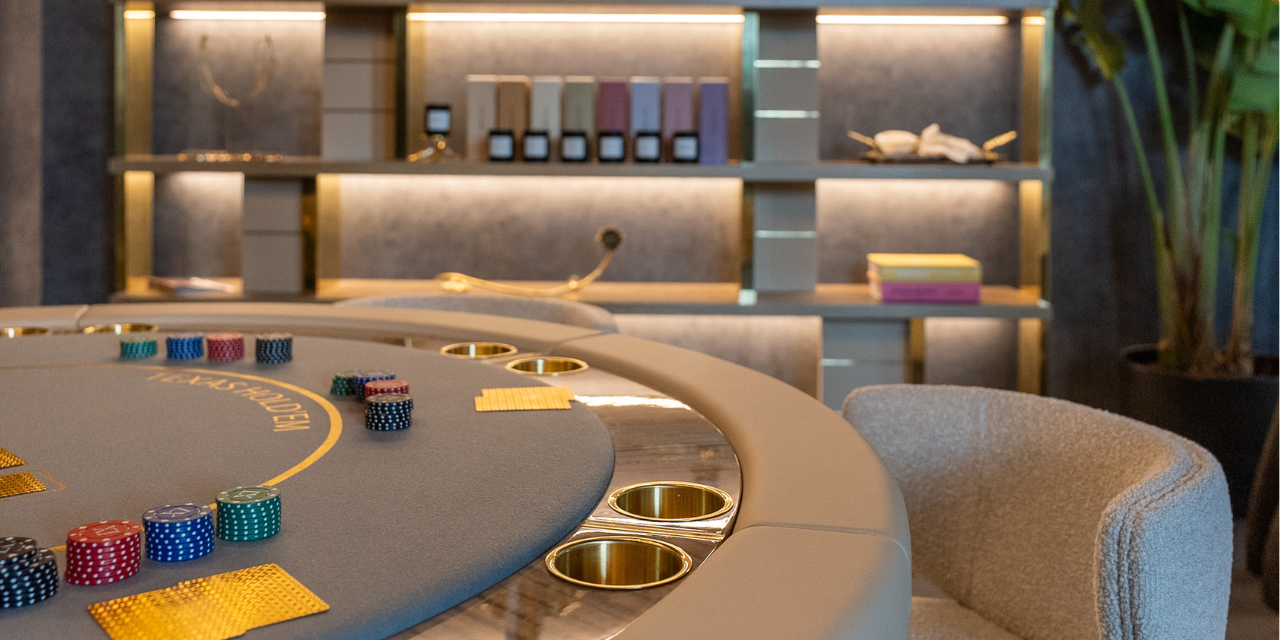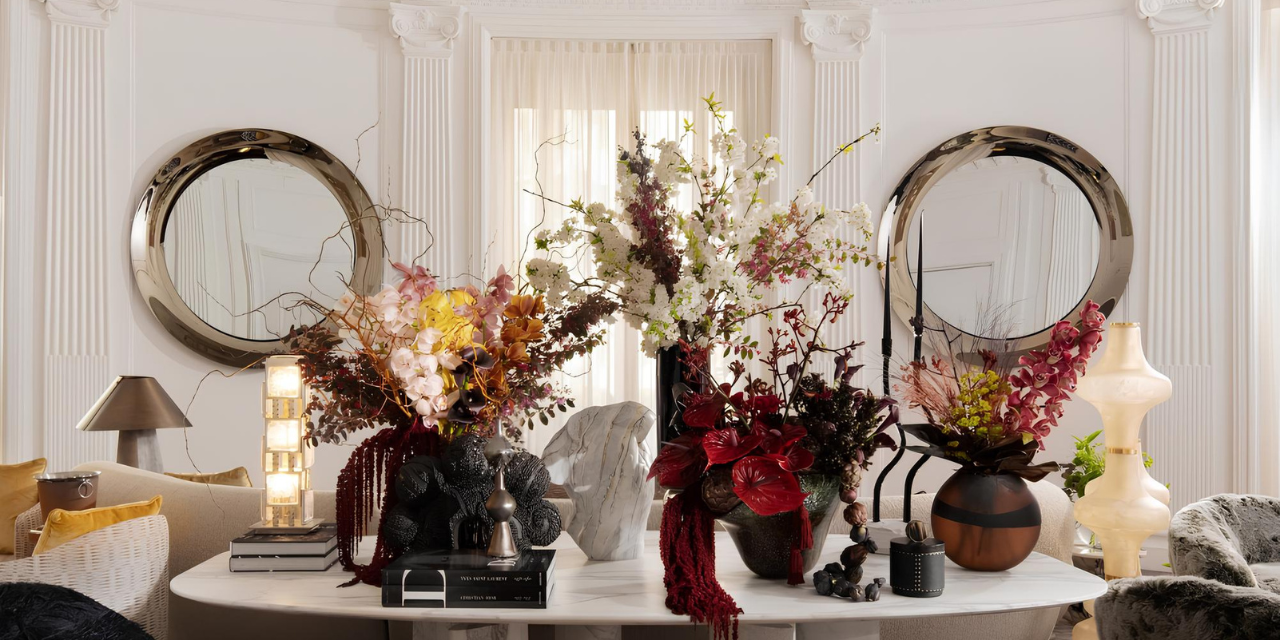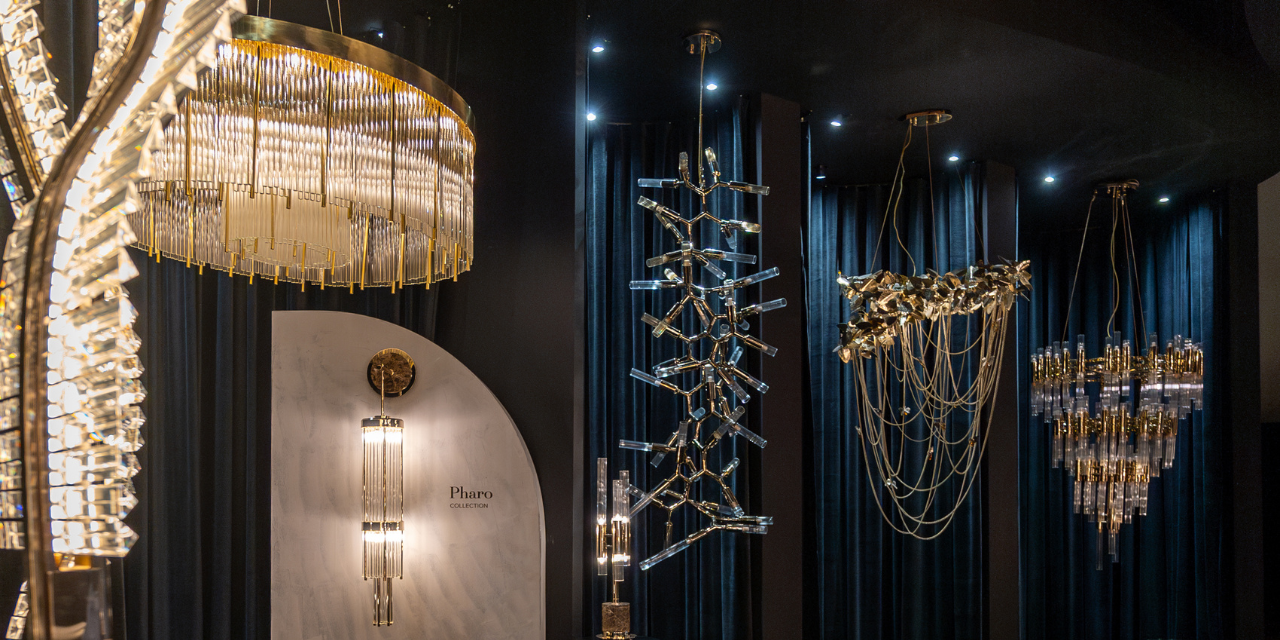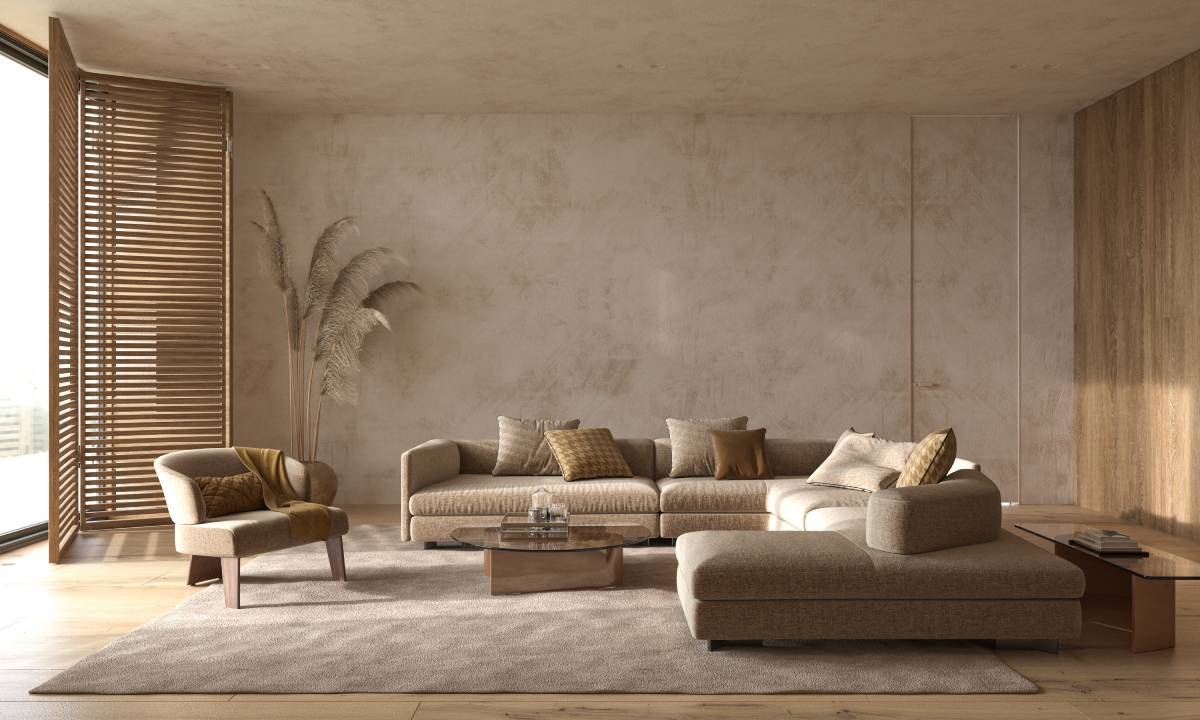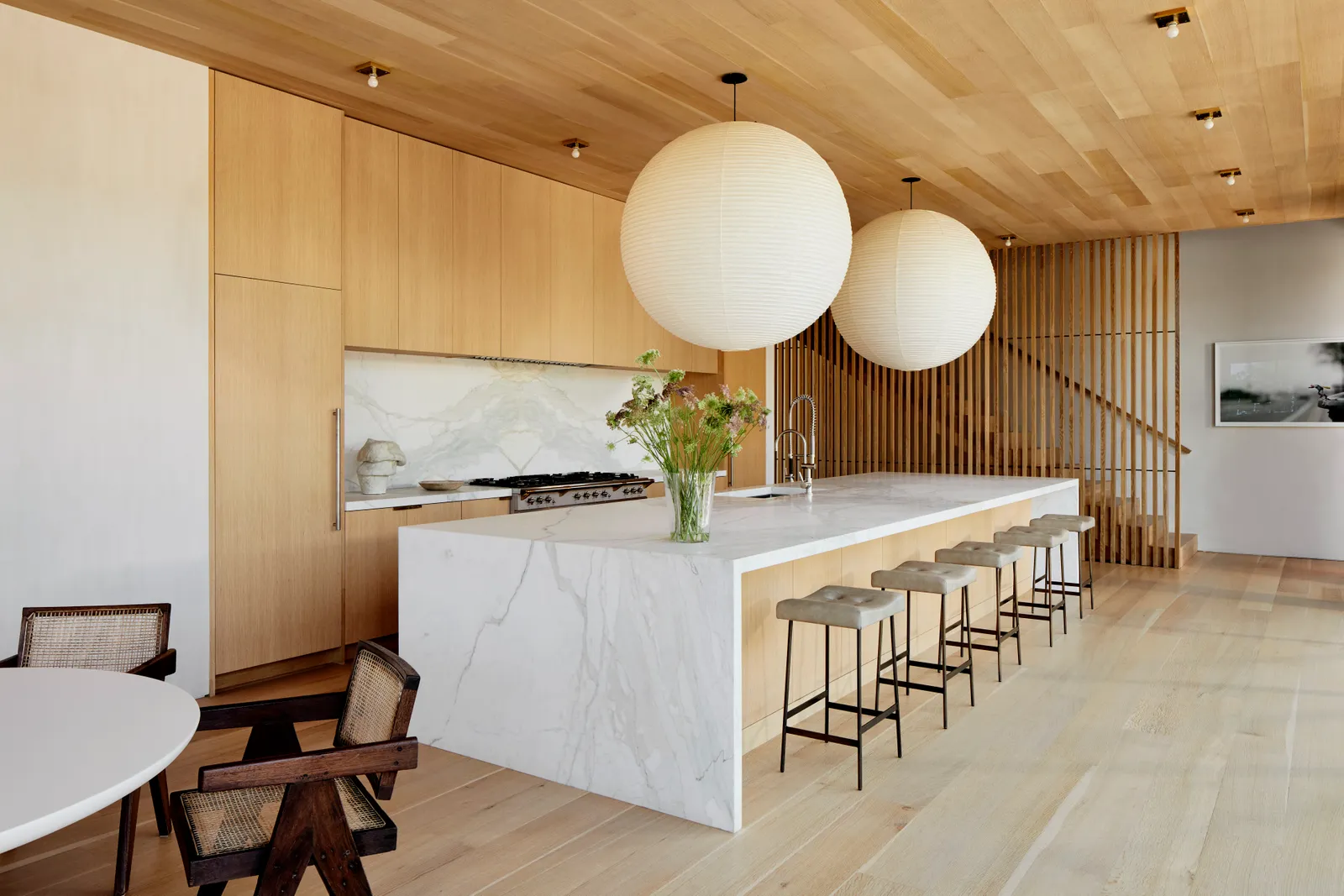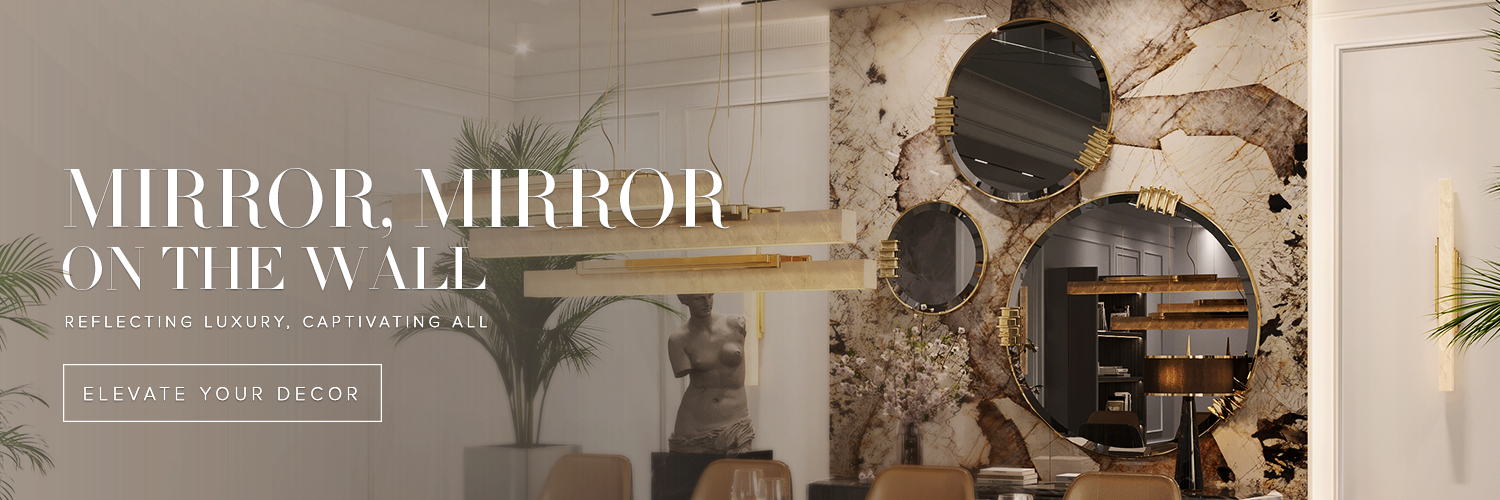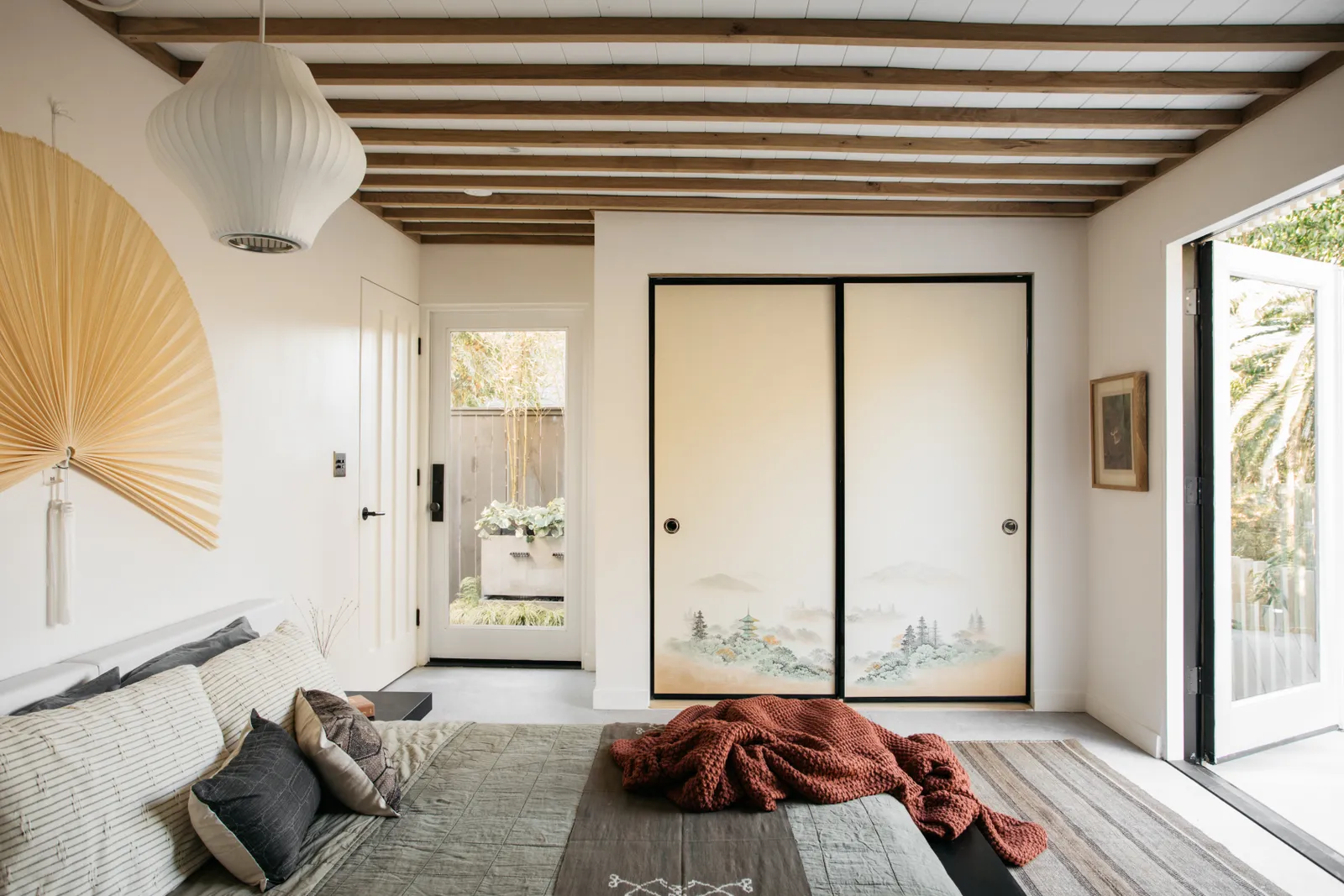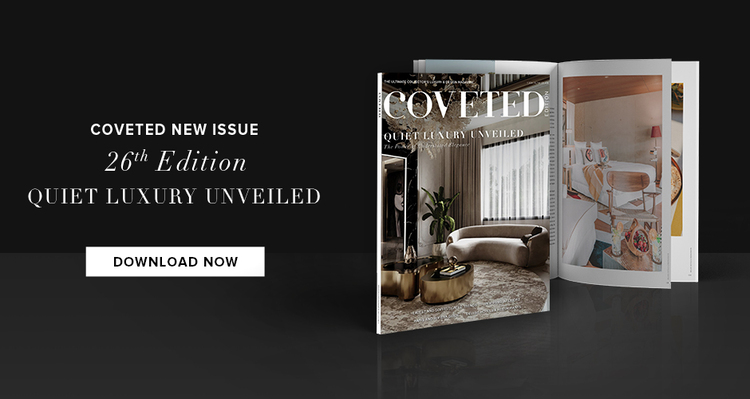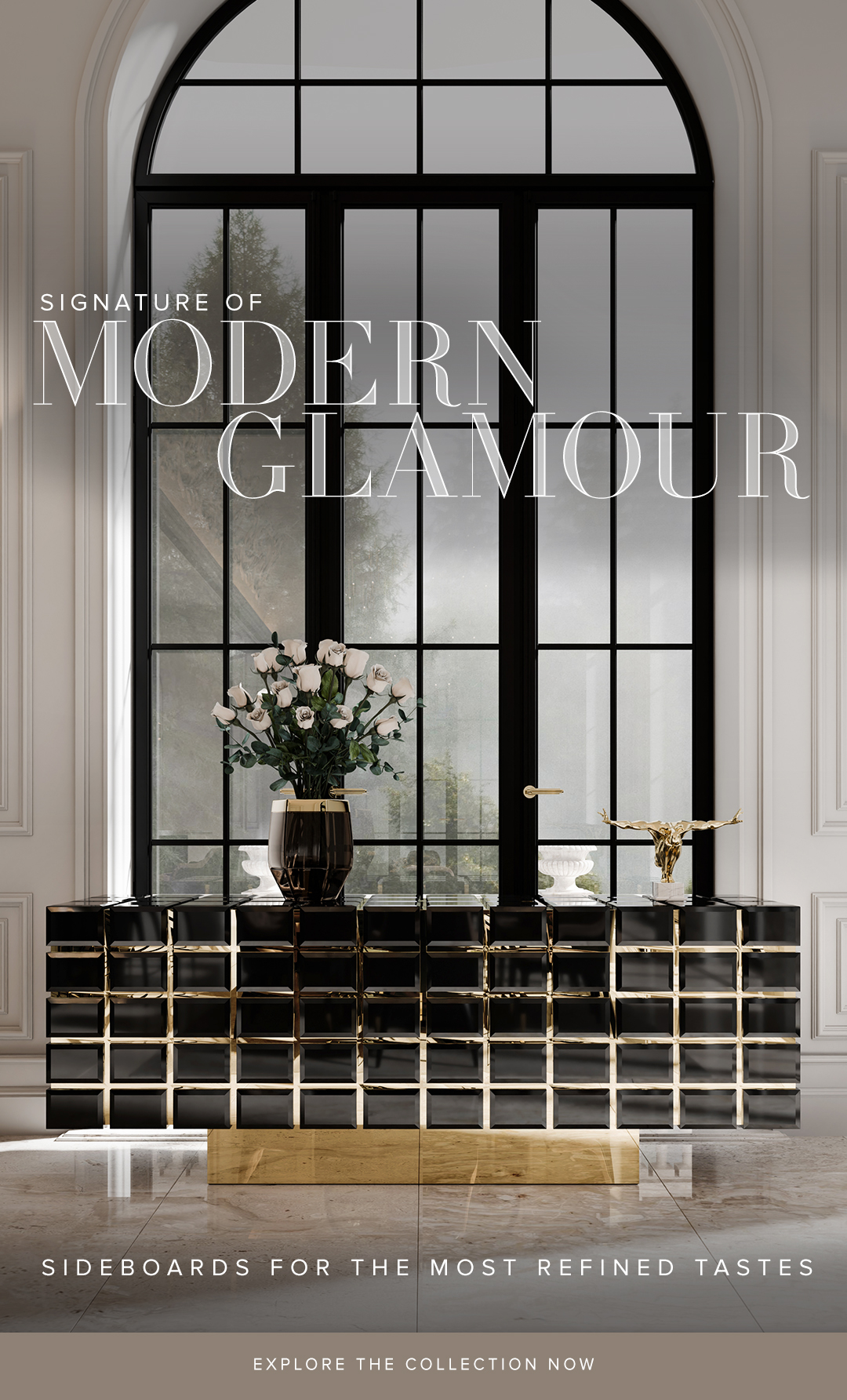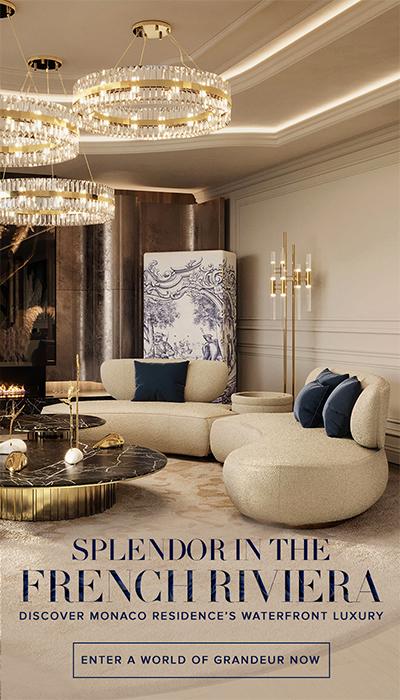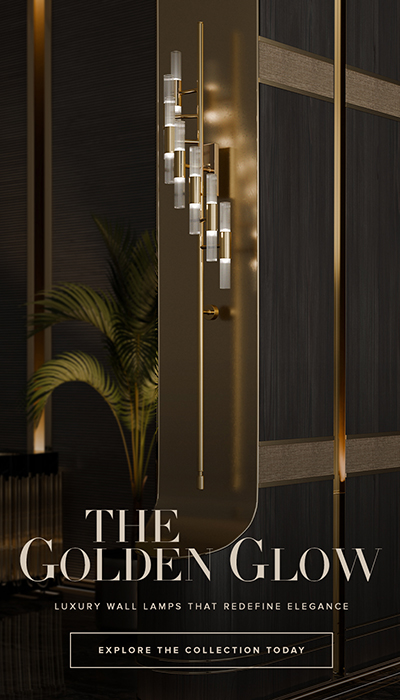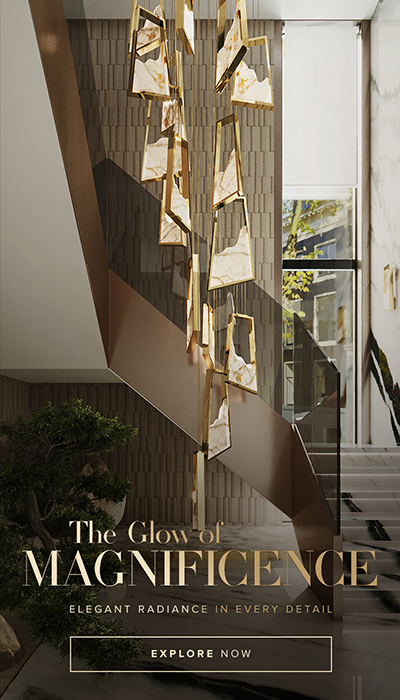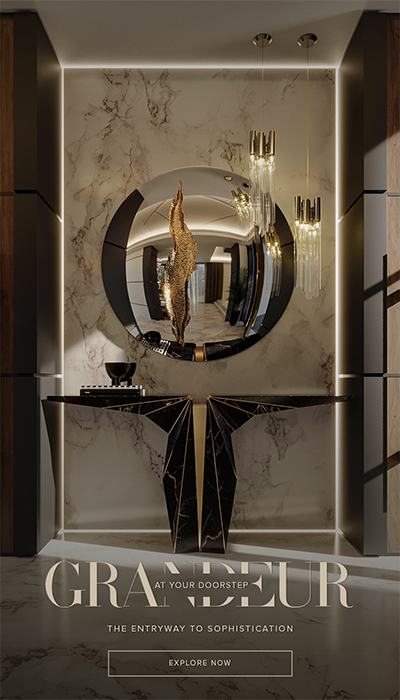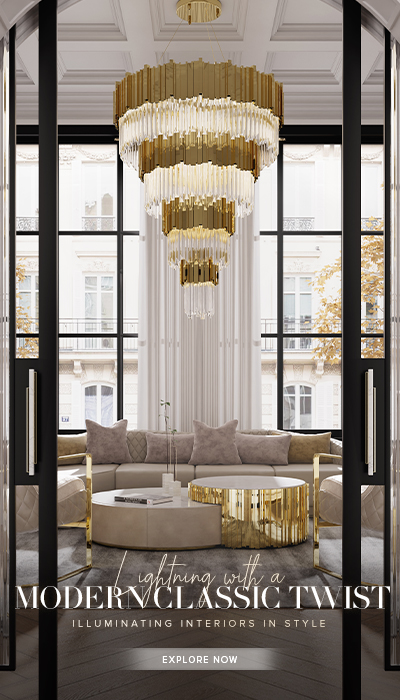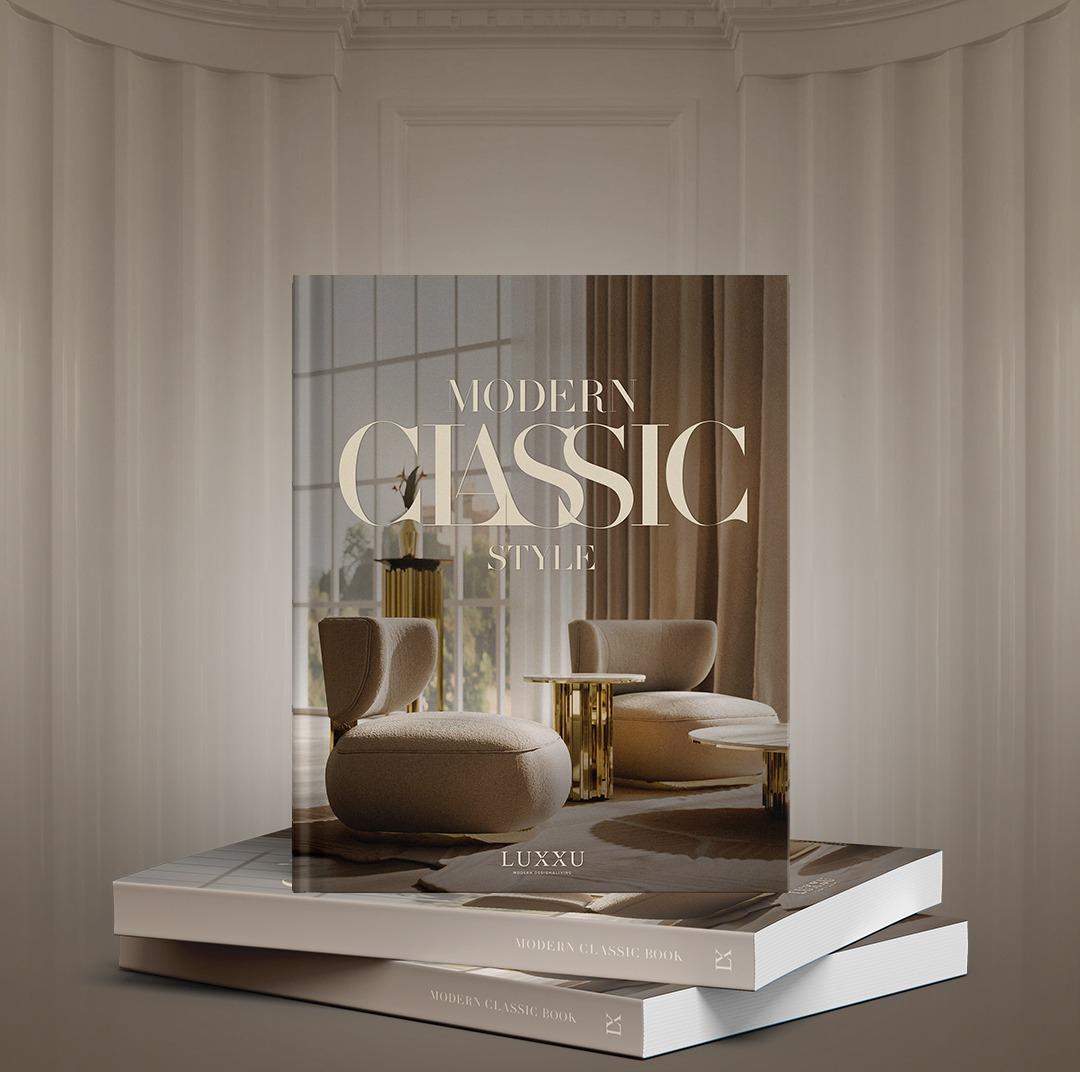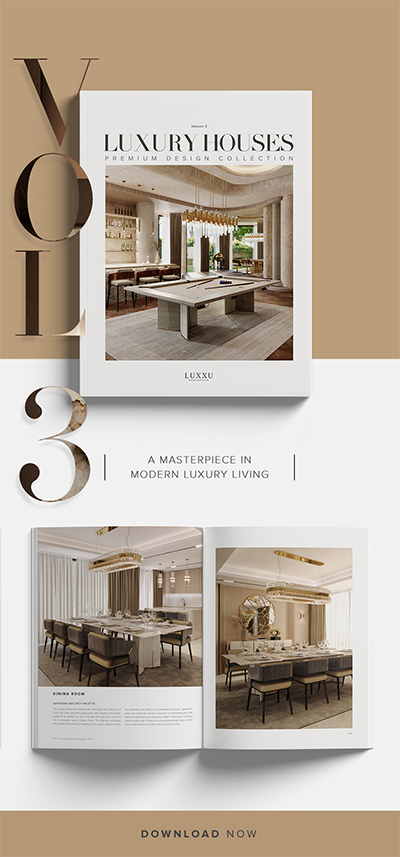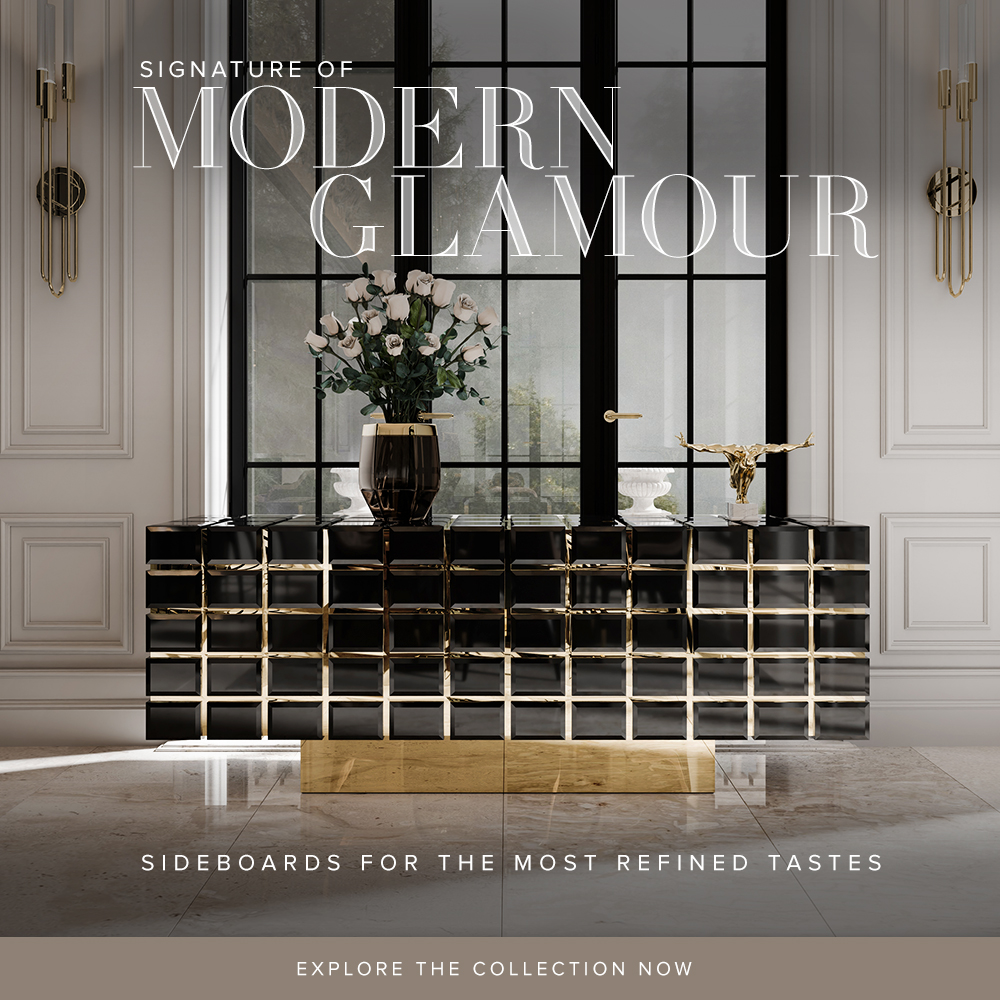LUXXU Opens Its Doors at Salone del Mobile: The world of design has turned its eyes to Milan with the official opening of
Japandi Style: The New Trend For Contemporary Interiors
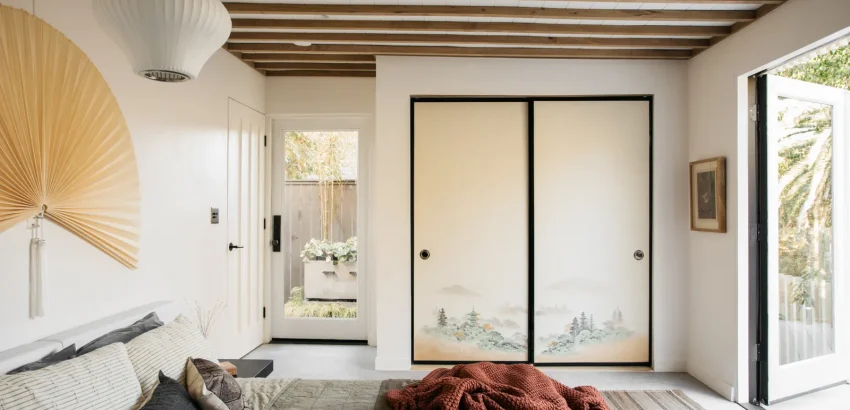
Japandi Style: The New Trend For Contemporary Interiors – You might have already come across a captivating interior design trend that beautifully blends minimalism with tranquility. Say hello to “Japandi,” a popular combination of Japanese and Scandinavian aesthetics, that brings a sophisticated and calming ambiance to contemporary interiors. This unique design movement has been gaining traction in the U.S., evident from the growing interest and searches on Google Trends. Discover everything about Japandi Style in this article by LUXXU Blog.
See also: Seven Hills Apartment By João Campinas
Japandi Style
The New Trend For Contemporary Interiors
Origins
Japandi, a blend of “Japanese” and “Scandi,” embodies the seamless fusion of two historically minimalist cultures. Embracing the beauty of simplicity and a deep connection with nature, this style highlights the value of materials. Key elements of Japandi encompass craftsmanship, texture, balance, and serenity. Natural elements like wood and earthy materials, alongside neutral colors, take center stage, while spaces are kept uncluttered, favoring functional items over purely decorative ones. With a keen focus on natural light, Japandi creates an honest and inviting atmosphere, where every detail serves a purpose.
Editor’s choice:
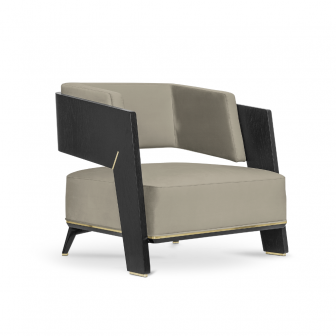
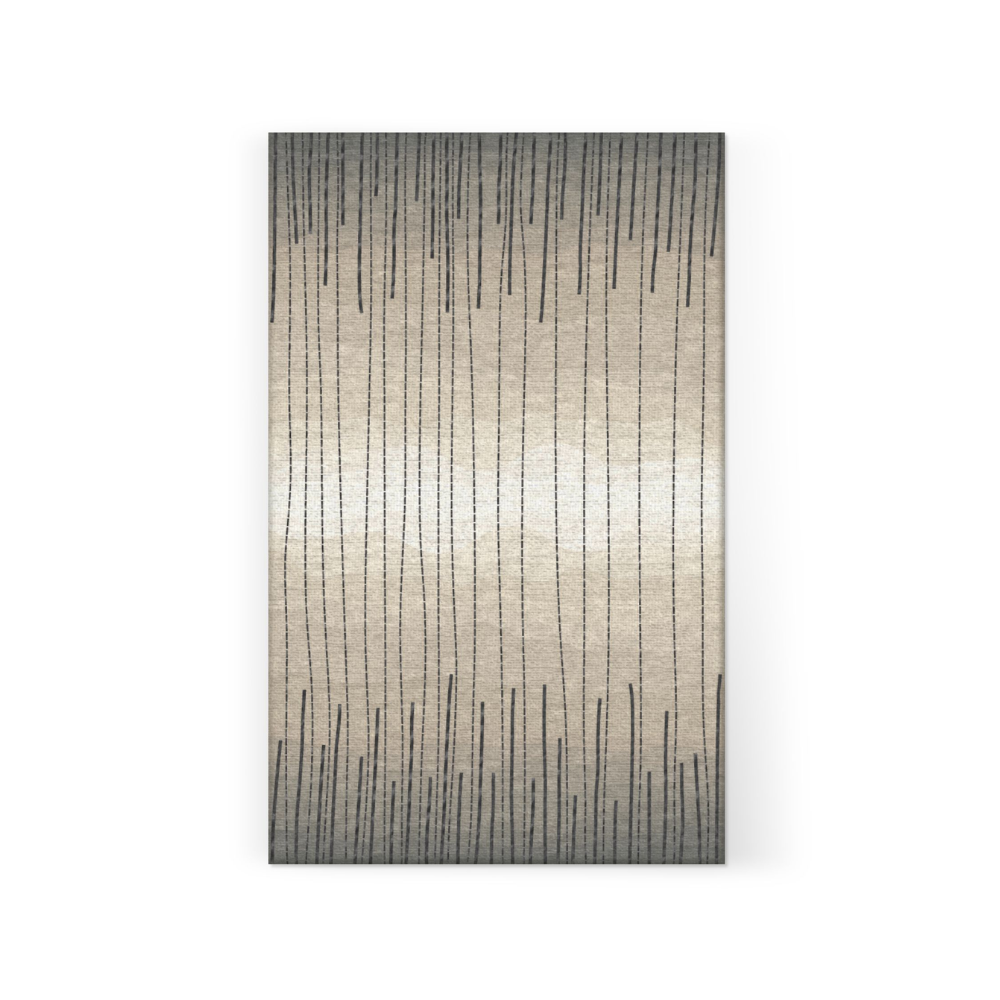
See also: World-Class Design Inspirations
An Interchange Of Cultures
The roots of Japandi can be traced back to the 1860s when a Danish naval lieutenant named William Carstensen embarked on a journey to Tokyo, previously known as Edo, where he became captivated by Japanese culture. Upon returning to Denmark, Carstensen shared his discoveries, sparking a cultural exchange between Japan and Scandinavia. Danish designers were particularly drawn to the Japanese concept of “wabi-sabi,” which resonated with their own love for “hygge” – both celebrating minimalism, natural materials, and simplicity. This shared admiration led to a beautiful blend of Nordic and Japanese designs, giving birth to the exquisite Japandi aesthetic.
A Harmonious Fusion
In contrast to past instances where Western interpretations of Eastern styles emerged, Japandi stands out as a remarkable fusion of two cultures with a shared appreciation for nature and art. The interplay between Japan and Scandinavia has been mutually beneficial, with each culture reinforcing and enriching the other’s design philosophies and aesthetics. The captivating harmony of Japandi arises from the complementary elements found in Japanese sleekness and Scandinavian rusticity, creating a truly unique and captivating aesthetic.
Get the look:
Anguis Sofa and Thor Center Table
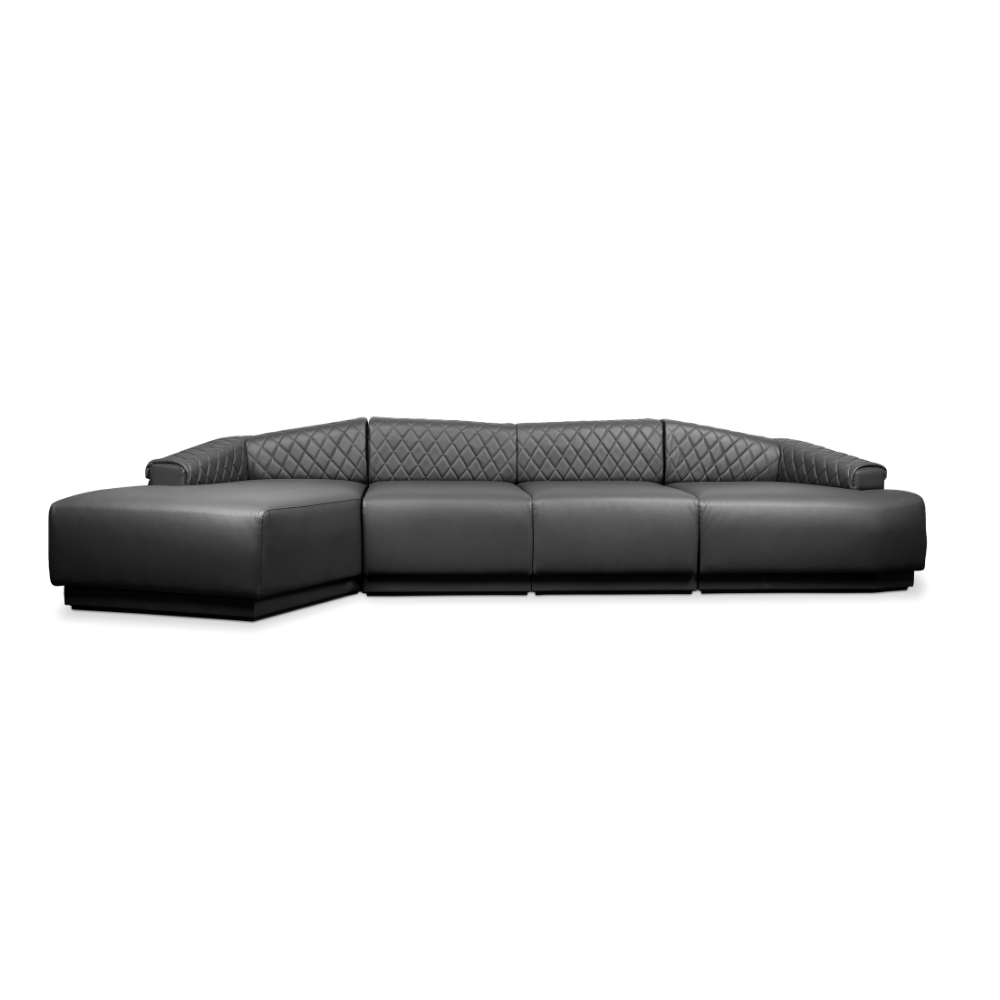
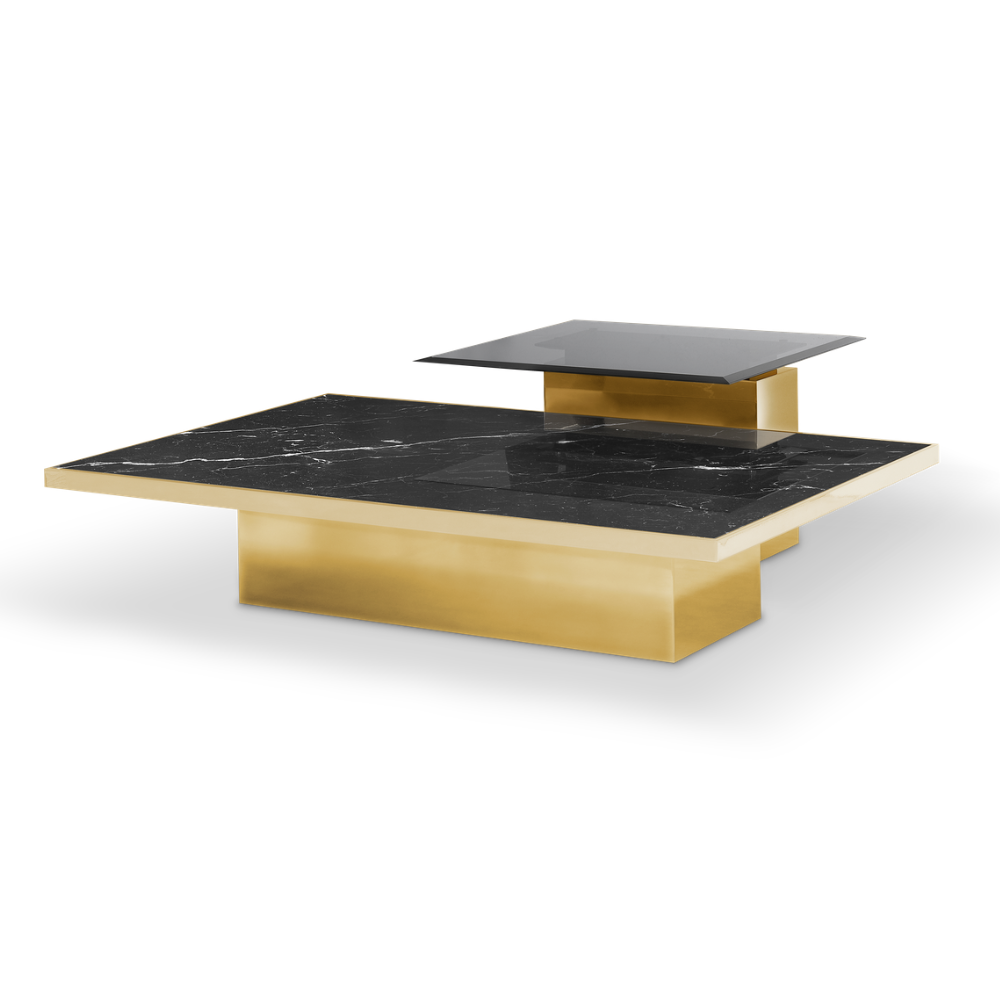
See also: Dopamine Decor: Everything You Need To Know About This Colourful Trend
An Enduring Investment
Japandi’s allure surpasses mere trendiness. With its timeless essence deeply rooted in centuries-old principles, this style distinguishes itself from transient interior fads. In a fast-paced world dominated by technology, Japandi’s earthy and functional energy brings a serene and peaceful atmosphere, offering a welcome escape from the hustle and bustle of modern life. As homeowners increasingly seek enduring interiors, Japandi serves as a valuable reminder to invest in lasting, high-quality designs that seamlessly blend beauty and functionality.
See also: LUXXU Home Stocklist
